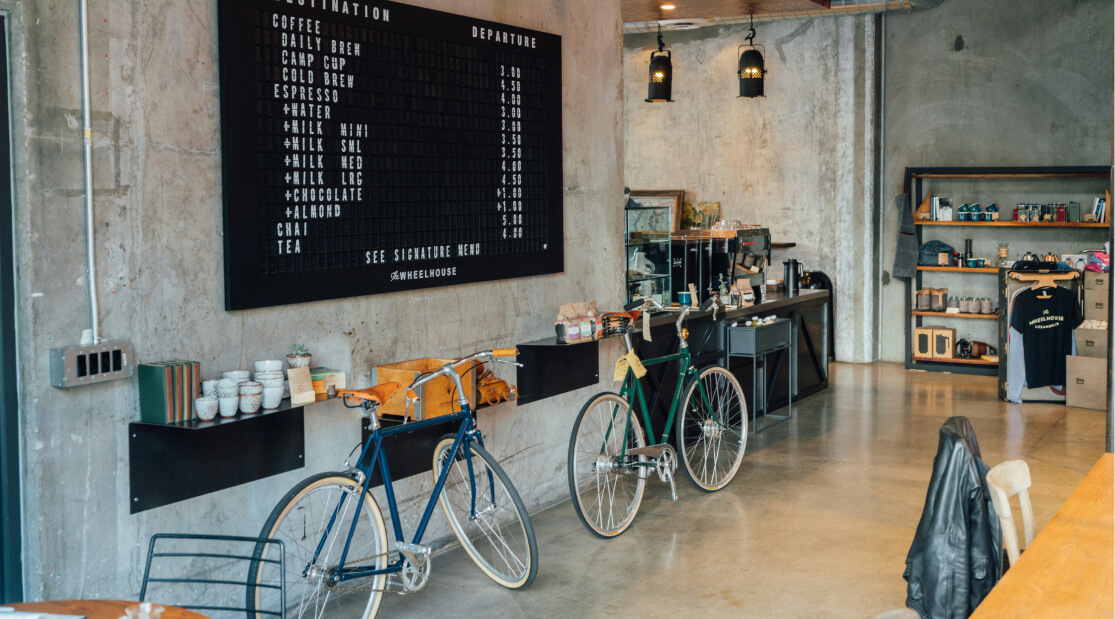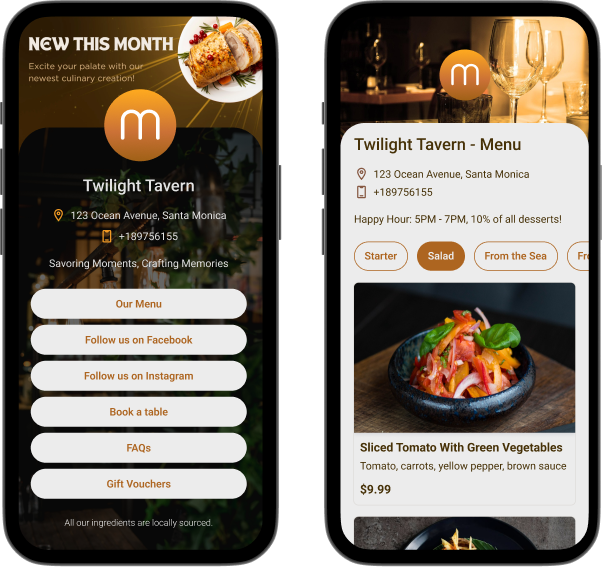
For many aspiring entrepreneurs, the allure of owning a cozy café is undeniable. But how much does a coffee shop owner’s salary really amount to? Whether you’re considering opening a small coffee shop or expanding an existing business, understanding the financial landscape is crucial. The success of a coffee shop depends on various factors, from location to menu offerings. In this article, we’ll explore what small coffee shop owners can expect to make, how to make more money in the coffee industry, and the key elements that contribute to a thriving café.
As of July 30, 2024, the average coffee shop owner in the United States earns $21.32 per hour, which translates to an annual salary of approximately $44,347 for full-time owners. This figure gives us insight into how much coffee shop proprietors typically make, though individual earnings can fluctuate significantly, with some owners earning as little as $9.38 per hour, while others make up to $43.27 per hour.
It’s crucial to understand that these figures represent the owner’s salary, not the coffee shop’s overall revenue or profit. The actual earnings can be much higher when considering the business’s total income.
A typical coffee shop’s revenue can range from $200,000 to $800,000 annually, depending on factors such as:
The profitability of a coffee shop can vary widely, but with the right strategy, it can be a lucrative venture.
On average, a coffee shop can expect to make anywhere between $200,000 and $1 million in annual gross revenue, depending on factors like location and size. While profit margins in the coffee industry are typically around 7-10%, some well-managed shops may see margins up to 20%. Coffee shops can expect to make an average annual gross profit of $50,000 to $250,000.
However, it’s crucial to note that profitability depends on factors such as operational efficiency, menu pricing, and marketing strategies. With over 38,400 coffee shops operating in the US, standing out in this competitive market is key to financial success.
With Menubly, you can create a free website with built-in online menu, and a hub for all your essential links like table reservations, social profiles, location, promotions, etc.

The time it takes for a new coffee shop to become profitable can vary significantly, typically ranging from six months to three years. Several factors influence this timeline:
To expedite profitability, coffee shop owners should focus on:
Optimizing menu pricing and offerings
While some coffee shops may break even within the first year, it’s common for businesses to take 3-5 years to become truly profitable. Patience, persistence, and adaptability are key to long-term success in the competitive coffee market.
While coffee shop owner salaries can vary widely across the country, certain cities offer higher earning potential due to factors like cost of living, local coffee culture, and economic conditions.
Generally, coffee shop owners in urban areas with higher costs of living tend to earn more than those in rural areas or states with lower living costs.
Based on recent data, here are some of the highest-paying cities for coffee shop owners:
| City | Annual Salary | Monthly Pay | Weekly Pay | Hourly Wage |
|---|---|---|---|---|
| Richmond, CA | $55,555 | $4,629 | $1,068 | $26.71 |
| Bellevue, WA | $54,743 | $4,561 | $1,052 | $26.32 |
| Santa Clara, CA | $52,796 | $4,399 | $1,015 | $25.38 |
| Pasadena, CA | $52,493 | $4,374 | $1,009 | $25.24 |
| Belgrade, MT | $51,874 | $4,322 | $997 | $24.94 |
| Federal Way, WA | $51,856 | $4,321 | $997 | $24.93 |
| Palmdale, CA | $51,841 | $4,320 | $996 | $24.92 |
| Washington, DC | $51,825 | $4,318 | $996 | $24.92 |
| Stamford, CT | $51,616 | $4,301 | $992 | $24.82 |
| Glendale, CA | $51,367 | $4,280 | $987 | $24.70 |
It’s important to note that these higher salaries often correlate with increased living costs and potentially fiercer competition. Coffee shop owners in these areas may need to innovate and differentiate their offerings to stand out. For instance, implementing a digital menu system can enhance customer experience and operational efficiency, potentially boosting profitability even in competitive markets.
Moreover, while these cities top the list, successful coffee shops can thrive in various locations. Factors such as local coffee preferences, tourism, and community engagement can significantly impact a shop’s success, regardless of geographic location.
Aspiring coffee shop owners should consider these salary potentials alongside other factors like market saturation, property costs, and target demographics when choosing a location.
When it comes to profitability in the coffee industry, certain types of cafes tend to perform better than others. Here are some cafe models that often see higher revenue and profits:
The most successful coffee shops often combine elements of these models. For example, a specialty coffee shop that also roasts its own beans and offers a small food menu can appeal to a wide range of customers while maintaining high profit margins.
To maximize profitability, coffee shop owners should focus on creating a unique brand identity, offering high-quality products, and implementing efficient operations. Utilizing tools like Menubly’s restaurant website builder and cafe online menu can help showcase your cafe’s unique offerings and streamline the customer experience.
Coffee shop owners typically get paid through various channels, depending on the structure of their business.
Here are the most common ways:
The method of payment often depends on the business structure, tax considerations, and the owner’s personal financial needs. It’s crucial for coffee shop owners to maintain a balance between paying themselves fairly and ensuring the business has enough capital for operations and growth.
Regardless of the payment method, having clear financial records is essential. Tools like Menubly’s restaurant profit margin calculator can help owners track their business’s financial health and make informed decisions about their compensation.
Here’s a rewritten version of part 9, incorporating the requested terms and internal links:
The average profit margin for coffee shops typically falls between 5% and 20%. However, some well-managed specialty coffee shops may see profit margins as high as 25%.
To put this into perspective, let’s consider what a typical coffee shop might make. An average coffee shop can generate annual revenue between $200,000 and $800,000. If we assume a profit margin of around 10%, a shop with $500,000 in annual revenue might expect to make a net profit of $50,000.
It’s important to note that profit margins in the coffee industry are often lower than other food service businesses due to high operational costs. However, coffee shops also benefit from relatively high markup on their primary product – coffee. While a bag of coffee beans may cost $8-$15, a coffee shop can make hundreds of cups from that single bag, each sold for $3-$5.
While the average annual gross revenue for a coffee shop might be substantial, the actual income of coffee shop owners can vary greatly. Small coffee shop owners might make anywhere from $30,000 to $175,000 annually, depending on their profit margin and how much they pay themselves versus reinvest in the business.
Starting a coffee shop requires a significant initial investment, with costs varying widely depending on factors such as location, size, and concept.
While a small coffee shop may cost between $50,000 to $250,000 to launch, larger or more upscale establishments could require $500,000 or more.
Understanding these costs is crucial for developing a comprehensive coffee shop business plan template and estimating how much your shop will make.
Here’s a breakdown of typical startup costs:
| Expense Category | Cost Range |
|---|---|
| Lease and renovations | $20,000 – $100,000+ |
| Equipment (espresso machines, grinders, etc.) | $20,000 – $100,000 |
| Furniture and decor | $5,000 – $40,000 |
| Initial inventory | $5,000 – $20,000 |
| Licenses and permits | $1,000 – $5,000 |
| Marketing and branding | $5,000 – $25,000 |
| Working capital | $20,000 – $100,000 |
These figures are estimates and can vary significantly based on your specific circumstances. It’s important to note that while the initial investment is substantial, a well-managed coffee shop can be profitable. A typical coffee shop averages around 200 customers a day, which can translate to significant revenue over time.
To ensure financial success, consider the following:
Running a coffee shop can be a rewarding venture, with small coffee shop owners making anywhere from $30,000 to $175,000 annually.
While the typical coffee shop revenue is around $500,000, the remaining as net profit after expenses is usually 7-10%, which can be higher profit margins than other food businesses.
The financial success of a coffee shop depends on various factors, including location, menu offerings, and operational efficiency. With careful planning and management, a specific coffee shop can become pretty much perfect for its local market.
Remember, the sale of coffee is just one aspect of revenue generation; diversifying income streams can boost profitability. While challenges exist, coffee shop owners can make a satisfying salary and build a thriving business by focusing on customer experience, quality products, and smart financial management.
Related articles
Turn your paper menu into an interactive online menu that your customers can browse and order from anywhere.